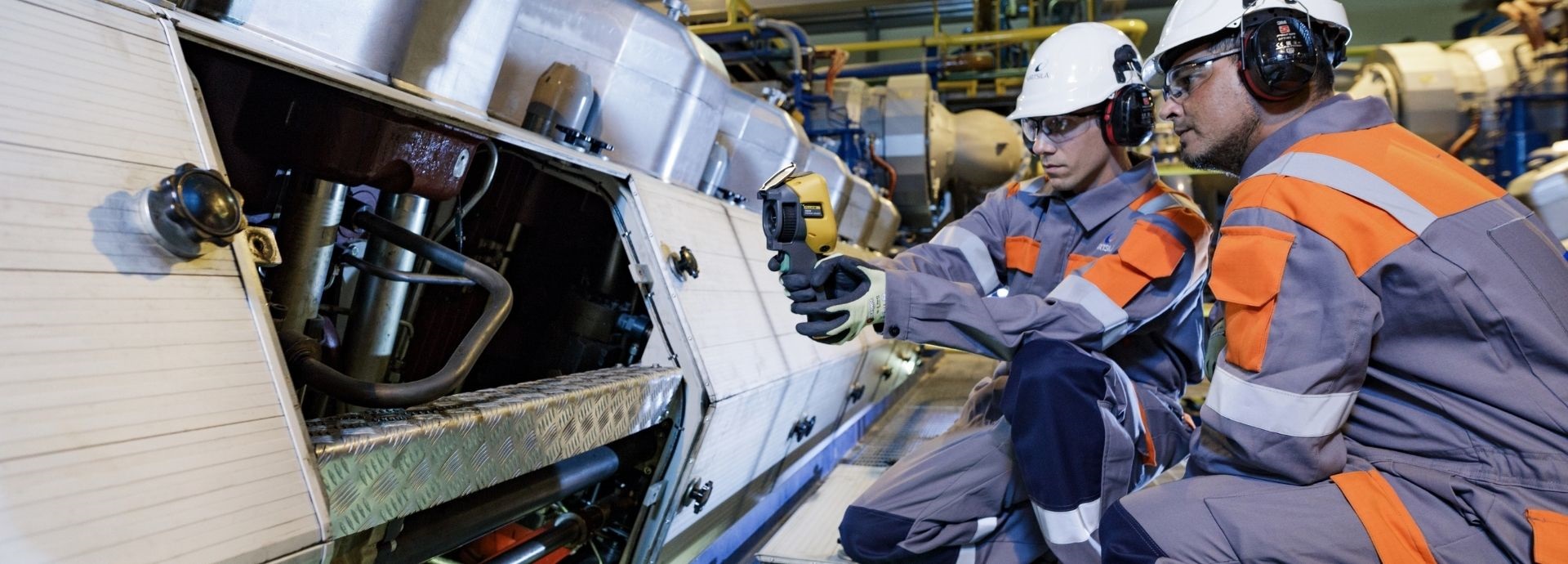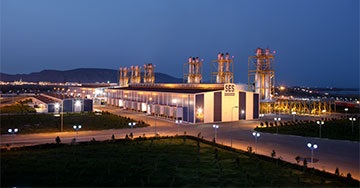Aksa Enerji Uretim A.S, part of Kazanci Holding, is one of Wärtsilä’s largest customers in Turkey. The company operates its fleet, as well as distributes and sells electricity.
In early 2000, the company ordered a 118 MW power plant from Wärtsilä, equipped with seven W18V46 engines, to the Turkish city of Samsun by the Black Sea.
The Samsun region has industry, but it is also an agricultural area, and the local authorities pay considerable attention to environmental impacts. Thus, Aksa wanted to be able to use low-emission fuel and lower the exhaust gas emissions. However, it was also important that the rated engine output would not suffer any losses. Additionally, operating costs had to be reduced to make the plant’s operations more economical.
"We suggested our GD concept, which could cope with all the requirements with improved engine efficiency. At the same time, this solution provides not only back-up fuel flexibility with heavy fuel oil (HFO) and light fuel oil (LFO), but also natural gas-HFO fuel sharing," says Heikki Huhtala, Project Manager, Wärtsilä Services Project Centre, Finland. As the undersea natural gas pipeline from Russia already existed in the city of Samsun, the setup was clear, and the GD concept was proposed as a means of continuing the plant’s operation under the tight emission regulation.
Safety is imperative when using high-pressure gas as a main fuel. The fuel oil system, gas detection and automation system, and the firefighting system were designed according to stringent safety regulations. Different ratings and areas of Ex-zones were determined, and even the access road to the power house had to be changed due to the compressor house design and location. Ex-proof components were considered for all electrical and automation parts when located inside the Ex-zone. The safety concept covers all the necessary aspects and measures included in the GD power plant concept to achieve an acceptable safety level: A new gas feed arrangement with double wall piping to enable proper ventilation for the safe evacuation in case of gas leaks, a new HFO injection system, a control oil system for 370 bar pressure, and a new improved engine control were added to the engine. This required only minor modifications to the engine itself, says Heikki Huhtala. Testing and commissioning took place in autumn 2011. Engine by engine, the Wärtsilä commissioning team performed this task assisted by the Aksa Enerji team.
"When starting a GD engine you can use LFO or HFO, and then ramp up to 25% or 30% on fuel sharing mode prior to the changeover to full gas operation. After a few days of tuning, we reached 17 MW with very good heat rate figures," says Huhtala. "We have now lowered the operation costs, reduced exhaust gas emissions, and received real fuel flexibility."
Conversion projects often present challenges or surprises of some kind, especially when something new has to fit into an existing environment. Therefore the engine and plant automation and monitoring systems were totally renewed. In addition, considerable quantities of safety equipment, including detectors, sensors, limit switches and so on, were installed based on the required safety concept.
"Through close and open co-operation with the customer, our organisations in Finland and Turkey, and other stakeholders, we were able to avoid major surprises – even though the project specifics and tailored design were developed during the project itself," says Heikki Huhtala of Wärtsilä.
"The flexibility and easy adaptation of Wärtsilä’s products for utilising gas as the main fuel made the conversion of our power plant to gas operation a very interesting alternative. Through the gas conversion, we have now lowered the operation costs, reduced exhaust gas emissions, and received real fuel flexibility, with a short payback time," concludes the Aksa Enerji Uretim A.S representative.





